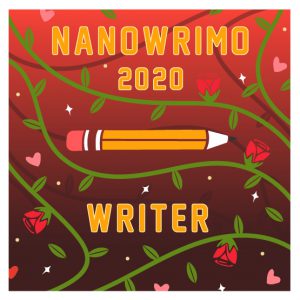We’ve covered The Hero’s Journey and three act story structure. Now let’s spend one more day on structure and look at some other options.

As we discussed, for NaNoWriMo you might not have a lot of time to think about structure because you are writing like crazy. Plus, you can certainly add structure during your revision. On the other hand, if you get stuck wandering in a swampy middle, knowing some structural destination points might be the lifeline you need to succeed.
Here are a few of the more common structures. Some are rigid templates and some are more flexible. See if one works for you.
Four Act Structure
The four act structure is an extension of the three act structure that works well for mysteries. John P. Murphy’s article describes how it works. He calls it a “two body plot” because the discovery of the body of a victim is a major turning point. Finding the second body changes things again. The third turn comes at the reveal, when the murderer is caught. Otherwise, it is a pretty loose structure.
Michael Hague’s Six Stage Plot Structure
Modified from the Hero’s Journey structure, this one holds your hand as it walks you through your novel. Michael Hague includes specific numbers in the form of percentages to indicate where the structural elements should be added. For example, he says turning point one should occur 10% into the novel. He calls the stages:
- Set up
- New situation
- Progress
- Complications and higher stakes
- Final push
- Aftermath
Janice Hardy explains that the Six Stage Structure can be good for people who don’t want to outline.
Seven Point Structure
The points are:
- Hook
- Plot turn 1
- Pinch 1
- Midpoint
- Pinch 2
- Plot turn 2
- Resolution
Dan Wells of Writing Excuses Podcast explains this structure in series of videos ( playlist). He uses clear examples to demonstrate how it works.
Tip: Dan suggests starting at the end — at the resolution — rather than at the beginning. Great idea.
Eight Point Story Arc
Daily Writing Tips has a brief discussion of the eight point arc (developed by Nigel Watts and S. May), naming each step. Some of the steps are similar to the seven point structure, but have different names, which may make them easier to understand. For example, what is called “plot turn 1” in the seven point structure is called a “trigger” in the eight point.
The eight points are:
- Stasis
- Trigger
- The quest
- Surprise
- Critical choice
- Climax
- Reversal
- Resolution
Save the Cat Beat Sheets
Save the Cat came out of screenwriting, but people have found it works for novels, too.
Save the Cat! Writes a Novel: The Last Book On Novel Writing You’ll Ever Need* by Jessica Brody
Janice Hardy discusses the main steps. In this case the turning point events are called ‘beats.” Each one is pretty specific.
Joyce Sweeney’s Plot Clock
Joyce Sweeney’s Plot Clock is a four act roadmap for a novel set up in quarters, like a clock. It has some of the same elements as the others, but the timing is a bit different.
Exercise:
Yesterday you worked on your inciting incident, a common element in most of these structures. Now take Dan Wells’ advice and work on your resolution. Do you want a happy ending? A not so happy ending? Does the couple live happily ever after? Are the space nodules defeated? Is the serial killer caught?
Note: Not everyone wants to know how their novel is going to turn out. That’s okay, too. Spend your time watching the Dan Wells videos instead.
Now that you know about structure, do you think you will use one? If so, which structure intrigues you?
#####
Visit our 30 Day Novel Prep Page for all the links.





